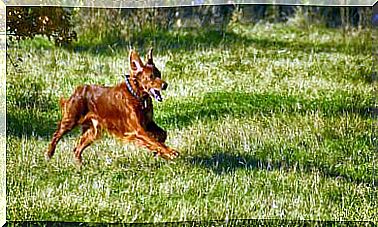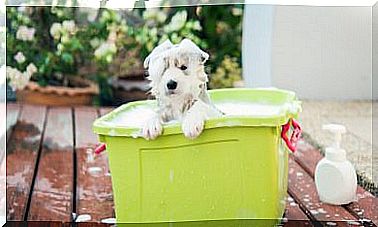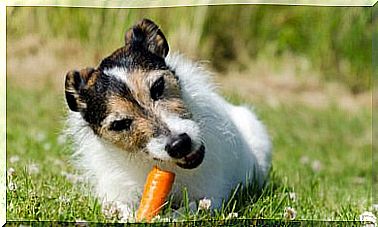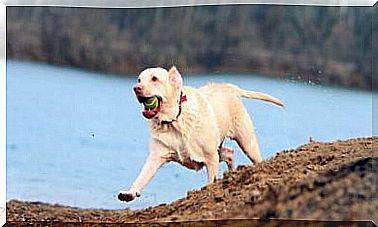A Child With Autism Achieves Socialization Thanks To A Dog

According to the researchers, recent studies published in the press indicate that children with autism are more likely to socialize when there is a pet in the home.
The scientists who participated in the study say that when the social skills of children with autism who lived with dogs were compared to those who did not have pets, the former appeared to have greater social skills.
The research also revealed that children with any type of pet in the home are more likely to engage in social behaviors such as answering other people’s questions.
The investigation

Conducted by the Research Center for Human-Animal Interaction at the University of Missouri, the study included 70 children, ages 8 to 18, receiving care at the Thompson Center for Autism and Neurodevelopmental Disorders, in Colombia. .
Most of the families that participated in the research had dogs and almost half cats. Other domestic animals include fish, farm animals, rodents, rabbits, reptiles, birds, and even a spider.
The researchers claim that animals can serve as social catalysts. When pets are present in social settings, people with autism may try to become more engaged with others.
Data from studies reveal that the dynamics of interaction with animals can be helpful for children with autism. However, more research is needed to determine whether pet ownership is actually responsible for the increased social skills associated with it.
Children with autism and pets
Dogs are great company for children with autism. It has been scientifically proven that small furry ones favor the interaction of this type of people. They are great companions and offer some security. But that is not all.
Assistance dogs for children with autism are unique in the world. Unlike the guide dog, which helps with physical tasks, this type of animal is there, along with its owner, to provide emotional support.
Quite simply, an assistance dog is always by its owner’s side, as a solid and reassuring companion. These dogs can help alleviate sensory overload for people with autism. Why?
People with autism often cannot filter sensory information. These people listen, feel, and generally cannot ignore or redirect those stimuli.
Advantages of having an assistance dog
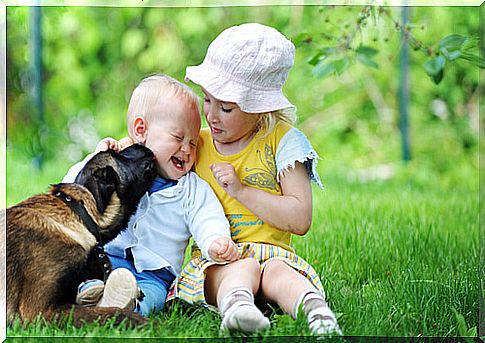
With a dog next to a child or adult in these conditions, the animal can help them by giving them a focal point or a way to base their environmental experiences.
Most children with autism have no concept of personal safety and can wander outside and rush into traffic without paying attention to the risks. Assistance dogs have a very special ability to help these types of people cross the street. For example, a child can be tied to the dog’s harness to avoid any accident.
It should be noted that the above ability is achieved thanks to training the dog. This type of training is obtained in a specialized center and with professionals trained in this matter.
On the other hand, the child must acclimatize to wearing harnesses and vests. Preparation is also carried out with qualified personnel.
It is very important to understand that the kindness and gentleness of the service dog helps the child, just by its presence, to be tolerant, make loud noises and use funny language with his body. In turn, the little one will decrease compulsive behaviors.
In this sense, dogs can be trained with a tactile intervention that helps the mobility of the person when these repetitive or self-injurious behaviors occur. But that training will depend on each case.
There is no doubt that, instead of stares and whispers or in the face of the incapacity of the parents, a service dog can alert the child and improve his socialization.
Remember that a dog or perhaps another pet can be very helpful for children with autism. Don’t forget: a service animal offers unconditional love and patience. You can be more supportive than anyone in particular.

